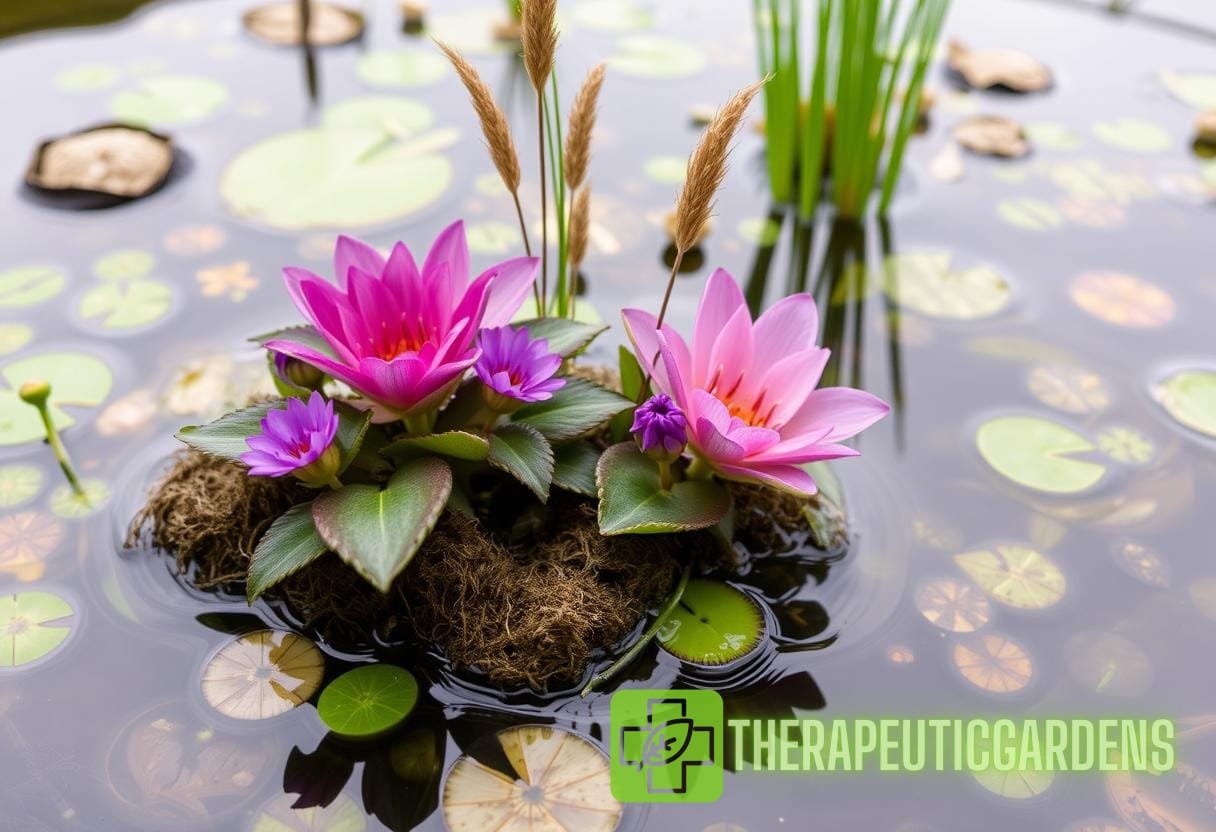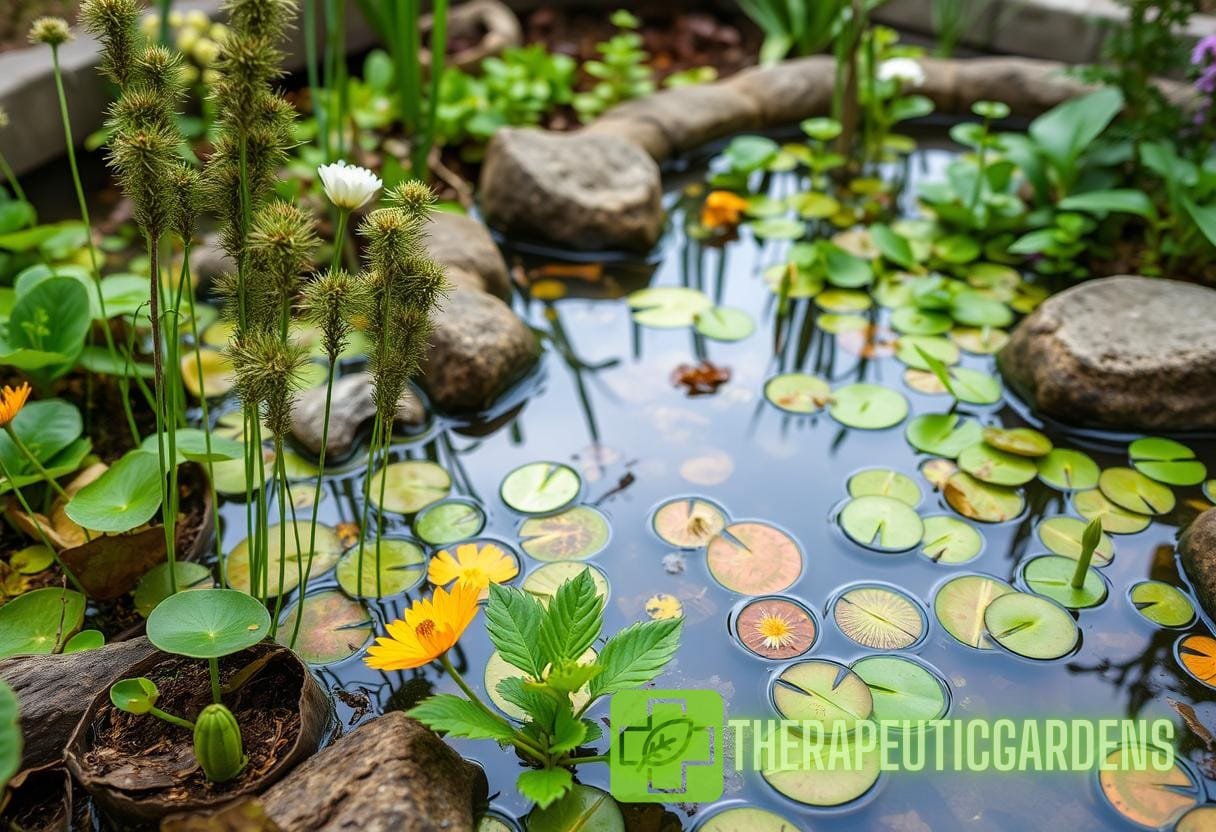Fostering Biodiversity: The Synergistic Role of Aquatic Systems in Urban Garden Resilience
Urban gardens are rapidly becoming essential ecosystems that contribute significantly to sustainability and biodiversity. Integrating aquatic systems within these gardens not only enhances their aesthetic appeal but also bolsters their resilience against climate change. In this guide, we will delve into the multifaceted nature of aquatic biodiversity gardens, examining their role in promoting ecological health, supporting local wildlife, and fostering community engagement.
The Importance of Biodiversity in Urban Gardens
Biodiversity refers to the variety of life found on Earth, including the variety of species, genetic diversity, and ecosystem diversity. In urban settings, fostering biodiversity is crucial for various reasons:
- Ecological Balance: A diverse range of species helps maintain ecological balance, leading to healthier ecosystems.
- Pollination Services: Increased biodiversity supports a variety of pollinators, which are essential for plant reproduction.
- Pest Control: Diverse ecosystems have natural pest control mechanisms, reducing the need for chemical pesticides.
- Resilience to Climate Change: Diverse gardens are better equipped to adapt to changing environmental conditions.
Understanding Aquatic Biodiversity Gardens
Aquatic biodiversity gardens incorporate water features, such as ponds, rain gardens, and wetland areas, to nurture both aquatic and terrestrial species. These ecosystems contribute to biodiversity enhancement and provide numerous functional benefits:
- Water Regulation: Aquatic systems help regulate water flow and improve water quality by filtering pollutants.
- Habitat Creation: They offer habitat for various species, including amphibians, insects, and birds.
- Microclimates: Water bodies create microclimates that can support a wider range of plant species.
Case Study: Integrative Aquatic Systems in Urban Areas
Various cities around the world have successfully integrated aquatic biodiversity gardens into their urban landscapes. The New York City Department of Environmental Protection promotes the construction of rain gardens and bioswales, which help manage stormwater while enhancing local biodiversity.
In Seattle, the city has developed restoration projects along urban waterways, creating green spaces that support wildlife and engage residents in conservation efforts. These initiatives demonstrate how urban environments can successfully incorporate aquatic systems to boost biodiversity.
Benefits of Aquatic Systems in Urban Gardens
Integrating aquatic systems into urban garden designs presents numerous benefits:

- Improved Air Quality: Plants in aquatic systems help improve air quality by absorbing pollutants and releasing oxygen.
- Carbon Sequestration: Aquatic plants capture carbon from the atmosphere, mitigating climate change impacts.
- Educational Opportunities: Aquatic biodiversity gardens provide educational platforms for communities to learn about ecosystems.
Designing Your Aquatic Biodiversity Garden
Aquatic biodiversity gardens can be designed to suit various urban settings. Here are key considerations for designing an effective garden:
- Site Selection: Choose an appropriate site that has access to natural water sources or can accommodate a constructed wetland.
- Water Features: Incorporate diverse water features, such as ponds, streams, or rain gardens, to enhance biodiversity.
- Plant Selection: Use native plants that thrive in aquatic environments, such as water lilies, rushes, and sedges.
- Habitat Structures: Include habitats such as logs, rocks, and native plantings to support a variety of species.
Maintaining Aquatic Biodiversity Gardens
Maintaining the health of aquatic biodiversity gardens requires ongoing care. Here are some maintenance tips:
- Water Management: Regularly monitor water levels and quality, ensuring that systems are functioning as intended.
- Invasive Species Control: Keep an eye out for invasive plant species and remove them promptly.
- Wildlife Monitoring: Observe and record wildlife interactions, which can provide important data on ecosystem health.
Challenges and Solutions
While creating aquatic biodiversity gardens offers numerous benefits, there are challenges to consider:
- Pollution: Urban environments often face pollution issues. Implementing water filtration systems can help.
- Space Constraints: Urban areas may have limited space for large gardens. Vertical gardening techniques can maximize limited areas.
- Community Engagement: Engaging the community in garden projects strengthens commitment and participation. Hosting workshops can promote involvement.
Funding and Resources for Urban Aquatic Biodiversity Gardens

Securing funding for these urban gardens can be a challenge. However, there are resources available:
- Grants: Organizations like the EPA provide grants for ecologically beneficial projects.
- Local Partnerships: Collaborate with local environmental organizations or universities to gain support and resources.
- Crowdfunding: Online platforms can help gather funds from community members interested in supporting biodiversity efforts.
Case Studies of Successful Urban Aquatic Biodiversity Gardens
Examining successful implementations of aquatic biodiversity gardens illustrates their potential:
- Chicago’s Lincoln Park: The park integrates diverse aquatic habitats and attracts various bird species, promoting wildlife conservation.
- Los Angeles River Revitalization: This project aims to restore the river’s ecosystem, creating habitats for native species and enhancing community connection to nature.
The Role of Technology in Enhancing Aquatic Biodiversity Gardens
Technology plays a crucial role in monitoring and enhancing the effectiveness of urban aquatic biodiversity gardens. Innovations such as:
- Water Quality Sensors: These provide real-time data on the health of water systems, allowing for timely interventions.
- Mobile Apps: Platforms that track wildlife sightings encourage community participation and awareness.
Community Engagement: Building Support for Aquatic Biodiversity Gardens
Community engagement is vital for the success of aquatic biodiversity gardens. Ways to involve the community include:
- Workshops: Hands-on workshops can teach residents about native plants and water conservation techniques.
- Volunteer Days: Organizing events where community members can help with planting, maintenance, and monitoring fosters a sense of ownership.
The Future of Aquatic Biodiversity Gardens
The future of urban gardening lies in the enhanced integration of aquatic systems. As cities face the challenges of climate change, the implementation of aquatic biodiversity gardens can serve as a model for sustainable urban planning. By promoting biodiversity and nurturing ecological balance, these gardens can lead to healthier and more resilient urban environments.
As we continue to explore these concepts, it becomes clear that community involvement, innovative design, and scientific research are crucial to fostering aquatic biodiversity gardens that contribute to urban sustainability and resilience. To learn more about creating sustainable gardens, refer to our related articles on sustainable gardening practices and designing urban gardens.



